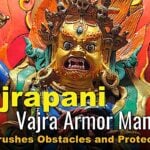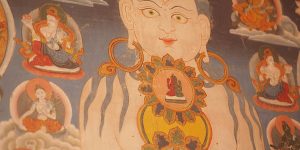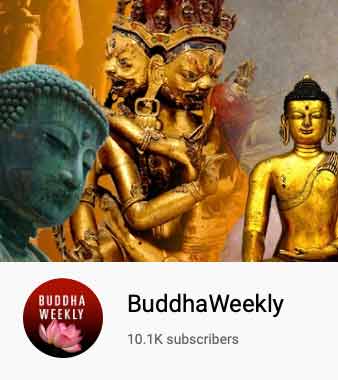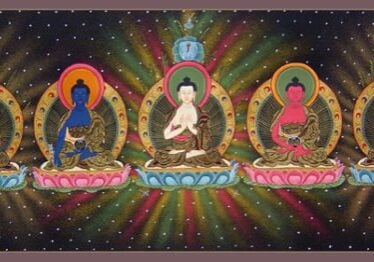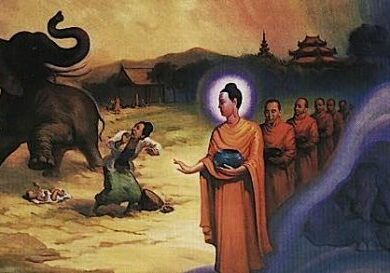Home
[smartslider3 slider=12]
Buddha Weekly's Latest Videos
[youtube-feed]
Buddha Weekly's Latest Features
What Does Quantum Physics Have to do with the Five Buddhas — Vairochana, Amitabha, Akshobya, Ratnasambhava, and Amoghasiddhi?
Most Buddhists, in daily practice, understand a core truth — that all phenomena are inter-dependent and cannot exist independently. Quantum Physics is only now starting to demonstrate this fundamental Buddhist understanding. Buddha called this "dependent-arising" more than two thousand years ago. The concept is mind-boggling, even for the great minds in quantum...
Overcoming Fear: Three Remedies for Fear; What Buddha had to Say About Fearlessness in Abhaya Sutta
Today, in this time of fear in the face of a pandemic — fear has become top of mind, again. It's easy to say, "I can't live my life in fear" and then pretend to go about your business. But, even if you bravely brush the fear aside — in the background...
Heroic Red Tara: First of the 21 Taras in the Surya Gupta Tradition — Video Visualization with Mantra Chanting Yoko Dharma
Heroic Red Tara, the first Tara of the 21 Taras, is "Tara who saves us from obstacles" in the Surya Gupta tradition, also known as Pravita Tara. This is the first of 21 new mantra videos with mantras according to the Surya Gupta tradition. In this tradition, each Tara has Her own...
If you can’t go outside — go inside. How mindfulness can help cope with COVID-19. 12 easy tips.
Now is the time to get in touch — with your inner self. If you can't go outside — go inside! Our lives are more stressful more than ever. The most recent Coronavirus pandemic, a world-wide tragedy, with more than 4.3 million worldwide cases reported, has health and wellness impacts far beyond...
A vital lifeline to practice — live-streamed Buddha Dharma teachings from teachers
With lockdowns continuing, live-streaming precious Buddhist teachings — especially healing and Medicine Buddha meditations — are a vital lifeline to practice. Although there are many past-recorded video teachings online — such as on the Buddha Weekly YouTube Channel — there is something very intimate and special about the live-stream teaching, regardless of...
Into Lucid Dreaming — going deep with Dream Yoga; helping touch the enlightened state of awareness
Dream yoga, lucid dreaming, or conscious dream awareness is a profound practice for awakening the mind and spirit. Dreaming is a very different experience to be had while in full lucidity The awake or lucid dreamer carries the linear mind of the assembled self with its numerous egocentric aspects and experiences dream-time...
Benefits of meditating before bed; especially now, as we endure lockdowns, meditation can help you relax and sleep
If you practice meditation, you can probably vouch for its wide array of health benefits, as meditation has the ability to improve your concentration, relieve stress, lower blood pressure, and put you in the right mindset to take on your day. That’s one of the main reasons why it’s common for most...
Tips for Teaching Children Mindfulness and Meditation — ideal practice during lock down
Mindfulness meditation and yoga are ideal practices for our current "Covid-19 lockdown" situation — or any time. Many people all over the world are aware of the benefits of mindfulness, meditation and yoga. What better time to practice health and mindfulness with your children than now? Families in "lockdown" are under stress...
Penetrating dualistic perception with the self-realized mind — and how to de-program a binary world
We are now witnessing the de-tethering and showcasing of two emergent and dominant branches of human orientation - the spiritual and the materially centered. Determining which direction all of our overlapping communities take, will ignite and be initiated first in the individual. We must now choose. We are each individually at a...
Ashtamangala: the Meaning of the 8 auspicious symbols Of Buddhism
The Ashtamangala are a sacred set of eight auspicious signs or symbols. They are considered a teaching tool, which point to the qualities of enlightenment. Within Buddhism, the Ashtamangala, are symbols of good fortune and represent the offerings made to Buddha by the gods upon gaining enlightenment. Here are the most common...
Meditation as key to increasing concentration, cognitive ability, productivity — tips for reducing stress and easing sleep
Although many people still do not admit it, the mere fact of studying, acquiring knowledge, can be a really tough task. Stress makes concentration, cognitive recall, and productivity difficult for most of us. Meditation is a proven method to reduce this stress — and increase your capacity to concentrate. By Diane Wong...
Home Retreat: a meritorious use of time while socially isolated during COVID-19 crisis. Dedicate the merit of Green Tara home retreat to all suffering beings
As we adjust to the new short-term realities of social distancing and isolation, many of our teachers are recommending home retreat while we have this time alone. Buddhist retreat is often an aspiration for many of us, due to busy work schedules. Now, many of us have time — but there is...
Buddha Weekly’s Special Section
Tara, Mother of all Buddhas
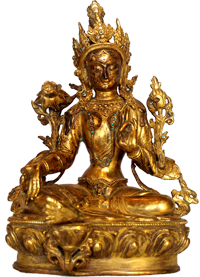
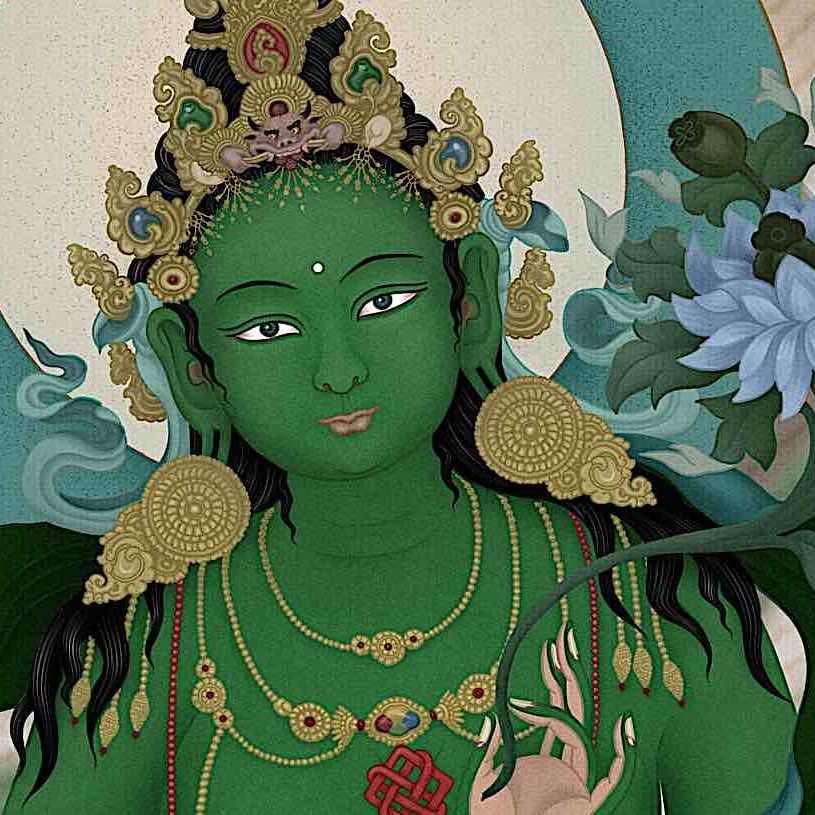
Karma Mother
How does Tara Help?
Tara, like any Mother, is ready to jump to our aid, even in mundane areas of life. She is the “practical Buddha” — the “Karma Mother” — the Buddha most active in our lives. Her Sanskrit name translates as “a star by which to navigate” — and like a star, she is always with us whenever we look for her.
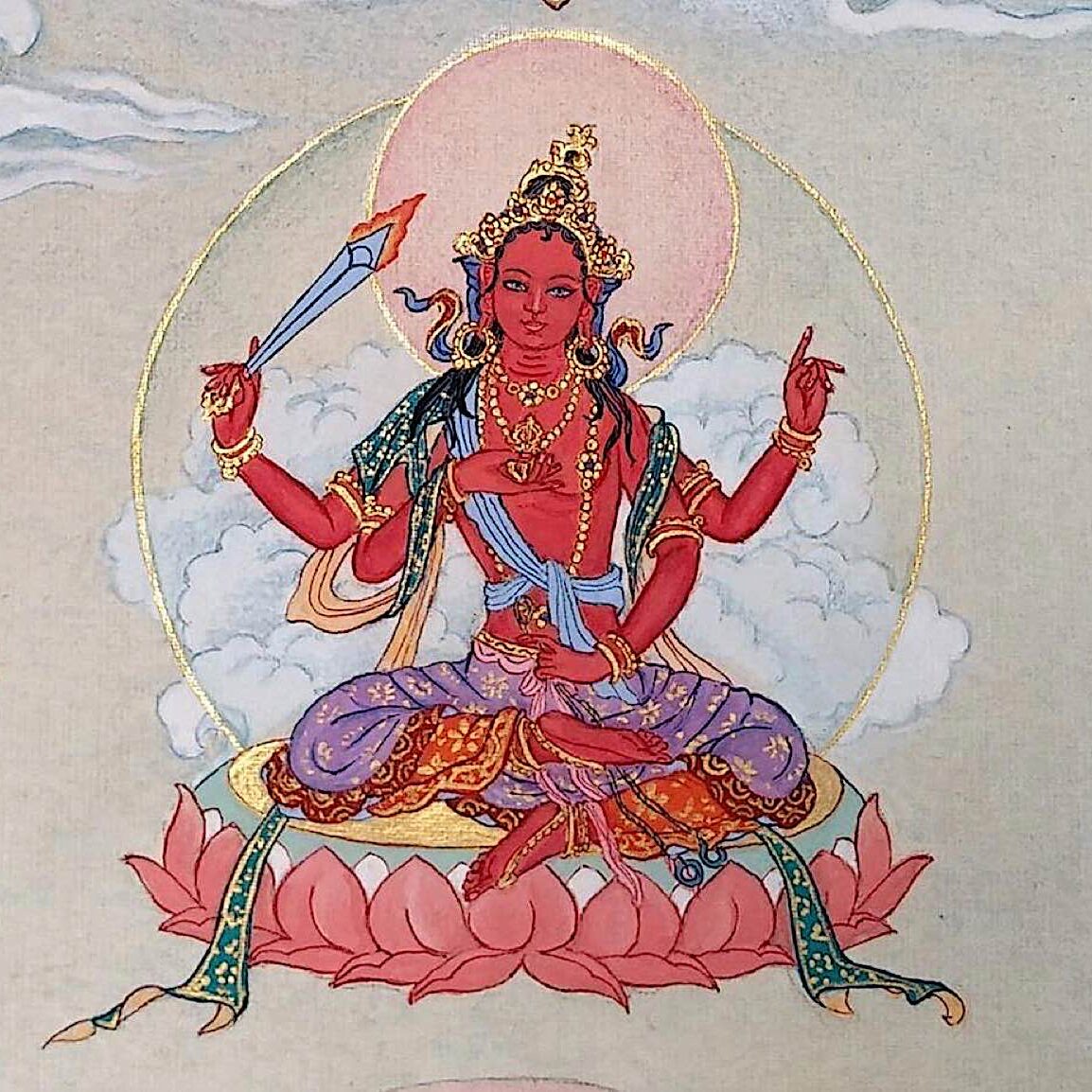
Tara on YouTube
21 Taras Mantra Video Playlist
An entire playlist of every one of the mantras for the 21 Taras. Don't miss the amazing Tara mantra chanting of Yoko Dharma for the each Tara of the 21 Taras according to Surya Gupta lineage. One video with many repetitions and visualized images for each Tara. The final video is the English-translated 21 Praises to Tara sung in English.



